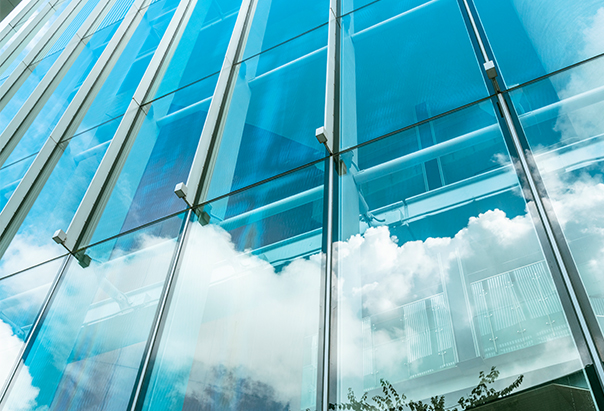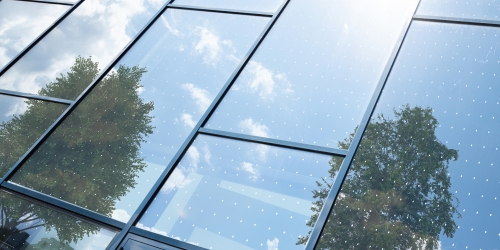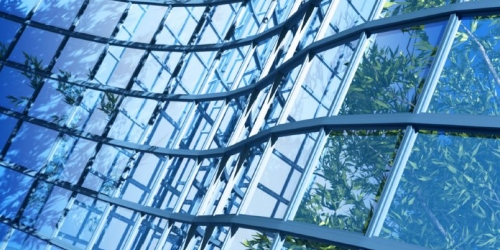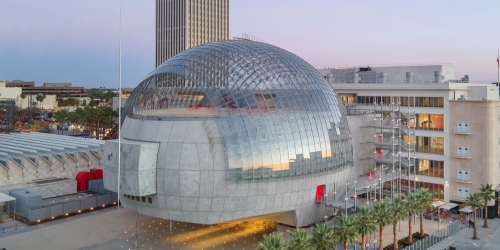Glass architecture is becoming increasingly popular in building design but raises concern as active shooters, burglary and other threats rise.
Eastman Saflex™ PVB interlayers for glass provide building security to protect people and property. Saflex interlayers have a long history in safety applications for accidental and natural causes, since broken glass will adhere to the interlayer glazing and prevent shards from falling or flying and causing injury. Today’s architects, however, must consider intentional attacks on or threats to glass architecture.
“Forced entry, ballistics, blasts — there’s a lot to think about when designing a glass building today if you want it to be secure,” said Oliver Osborne, commercial director of AMI architecture with Eastman. “Our Saflex interlayers enhance the security of buildings in these scenarios because they can stall or even prevent forced entry.”
Critical line of defense
Saflex PVB interlayers in laminated glass can act as a critical line of defense and are tested according to standards like those of ASTM International and other industry documents written for building safety and security. The strong interlayers act to deter or delay attackers from gaining entry to buildings, which can reduce or prevent human injury and property damage.
ASTM F3561
Most recently, Saflex completed glass testing for ASTM International’s newest standard, F3561 — Standard Test Method for Forced-Entry-Resistance of Fenestration Systems After Simulated Active Shooter Attack. The test determines glass resistance against forced entry in a simulated active shooter attack. Testing for F3561 includes firing bullet rounds at laminated glass to weaken the system and then using mechanical impact to simulate forced entry.
Saflex PVB interlayers results
The interlayers provided defense against single and repetitive forced-entry strikes to glass in a simulated active shooter attack, which may prevent or slow building entry. The standard consists of levels one through eight, where eight is the highest level of protection. Saflex Clear, Secure and Storm PVB interlayers can meet all levels in different configurations. Composite interlayers, like Saflex Storm, reach higher performance levels in security testing while maintaining thinner laminated glass constructions.
“Our results show that Saflex PVB interlayers in different configurations meet multiple forced-entry standards for security and give architects a proven security solution they can be confident in,” said Julia Schimmelpenningh, technical engagement manager for Saflex. “Not only are they secure, but our interlayers can be combined to achieve acoustic, solar and structural performance with style.”
Secure glass
Secure glass and fenestration systems are particularly desired in educational, industrial and commercial buildings, which increasingly face manufactured attacks and threats.
Learn more about Saflex security applications and data at saflex.com/saflex-guide/basics/security.
Note that these products as tested by Eastman are evaluated for the interlayer’s capability of passing the tests as described in the outlined methods and are typically evaluated as non-system, glass-only components. Therefore, this data should be used as a guide. In cases where certification is necessary, such testing must be completed by the glass fabricator as they are producing the laminated glass specimens used in the project.











